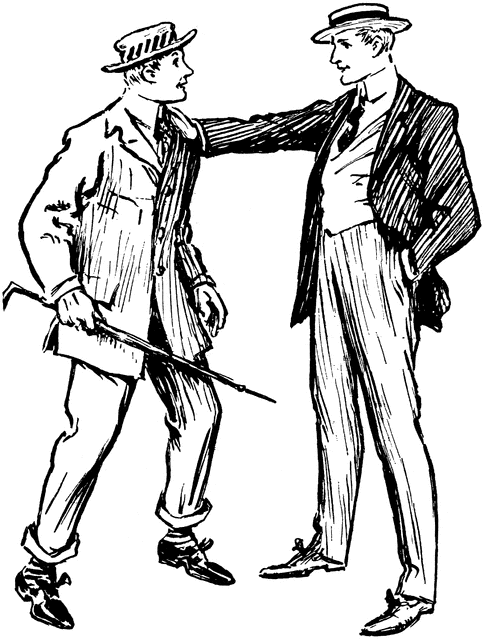Reality Based Training v/s Martial Arts
I teach self-protection skills to those that wish to decrease their chances of encountering violence, and increase their chances of thinking and moving quickly if they do. I am a former professional martial arts instructor, and martial arts are still a part of my life--a huge part, actually.
I teach self-protection and (on occasion) martial arts, but there is a difference between learning a martial art and learning reality based self-protection and hand-to-hand combat. I can teach someone my system of Arnis (a Filipino weapon system) or Kung-Fu (Chinese boxing) in about four years...with a diligent training regimen. I can teach my system of Personal Self Protection in about eight hours of intensive training!
How is this possible, you ask? Here is the difference. My martial arts systems have made me an effective fighter, but being able to fight well actually has very little to do with my overall safety. I am much safer by learning warning signs of aggression, body language cues, situational awareness, de-escalation, and mental preparation methods. I must also learn how to harm someone very quickly, if necessary, but these moves are learned, not as my go-to plan...but as a safety net if my go-to plan fails. Both the mental and physical methods of self-protection are necessary, but the physical component comes well after the mental. This is always the way training is approached by security professionals and police officers that deal with a potentially violent world.
When we only train in the martial arts as a solution for violence, we are missing the point. Avoidance is the key to long-term survival! Always! No matter how good I get at fighting, I will eventually lose. Everyone will. Losing, however, is a luxury martial artist in the studio have...because we shake hands after it is over. There are rules to keep us safer. A fight on the street or in my home however is a very real danger. I must employ all of my resources, and never face a person on equal terms. That just does not make sense. What really works is this:
~~Pay attention to your surroundings. Learn the Cooper Color Codes, and adhere to them.
~~Project confidence, especially when unsure. Try this in a mirror if necessary. It will become more natural with self-protection training. This alone will deter a huge percentage of potential trouble.
~~Learn patterns of behavior that are cause for alarm.
~~Practice sensible responses to "testing" comments and gestures. This is particularly important for women.
~~Trust your gut, and play a "What if..." game for fearful situations. "If these guys walk around this next corner after I do, I will walk into the coffee shop and call my friend. That way I will be in a crowd, and can watch what they do through the window." Think about what might happen and develop a plan.
~~Have a go-to weapon. Tactical flashlights are good for an agile, scrappy person. Pepper sprays are extremely effective weapons. Tactical pens and "kubotans" are amazing tools. Knives are extremely effective as well, but need a bit more attention...and mistakes are permanent. Stun guns are fantastic contact distance weapons. Firearms are the most effective weapons we can own, but they tend to narrow a person's focus and training. They affect a person's lifestyle and limit where we can go. Plus they are a huge responsibility.
~~Learn very direct, very efficient strikes, blocks and moves. I teach eight moves in my basic class. It is important to use body language to give a false sense of security to your opponent whenever possible. This is as simple as raising your hands in front of you...palms out.
These "tactical" components to dealing with potentially aggressive people create a very hard to surprise 'target' that is ready for just about anything...including hand to hand combat. If you learn and adhere to some basic principles...you can be relaxed, prepared, and safe.
Personal Self Protection: Training and Education, for life.


















